Gradually but inexorably, Afghanistan is crawling towards anarchy due to its deteriorating security situation. The US-led forces in Afghanistan are on target to complete their drawdown by end-2014. In fact, many members of the US Congress are clamouring for an even earlier withdrawal. However, the preparedness of the Afghan National Security Forces (ANSF, army and police) to assume independent charge of security is highly suspect.
The present security environment is best described as a stalemate at both the strategic and tactical levels. While the Taliban are following a wait-and-watch strategy and keeping their powder dry, the NATO-ISAF forces are failing to make major gains against them. The ANSF operate with confidence during the day in conjunction with the NATO-ISAF forces, but the Taliban rule large swathes of the countryside by night, collect taxes or protection money and administer their peculiar brand of Sharia law.
The ANSF are reported to be on target to raise their force strength to the planned level of 352,000 personnel (195,000 army and 157,000 police), including 25,000 Special Forces. This large force level has been raised in the short span of a few years. The rapid raising of new combat battalions almost invariably results in a dilution in the quality of intake of recruits as the catchment area is limited and low standards of initial or basic training as the training period is reduced to six months or lesser. Newly raised battalions in the best of armies take three to five years to settle down and build internal unit cohesion and esprit de corps before they can be employed for military operations. Also, it is often forgotten that counter-insurgency operations against an unseen adversary who has the initiative, enjoys the luxury of choosing his time and place of attack, employs hit-and-run tactics and conveniently melts into the population, are far more complex than conventional operations against the enemy arrayed opposite one’s own force.
Counter-insurgency operations are small-team operations in which success is heavily dependent on very high quality junior leadership. The standards of junior leadership in the ANSF leave much to be desired. Not only are the ANSF ill-trained and badly led, they are also poorly equipped. The ANSF lack high mobility vehicles like the US ‘humvees’ and are incapable of launching quick reaction teams to either come to the aid of besieged patrols and ambush parties or to exploit fleeting opportunities. The Afghan army lacks firepower resources as it has not been given any artillery. It has to rely on US helicopter gunships and that involves high levels of coordination. The army lacks helicopters for logistics support and casualty evacuation. In fact, combat service support elements are almost completely non-existent.
Accurate and timely intelligence is the bedrock of successful counter-insurgency operations. The ANSF do not have an integral intelligence establishment and are dependent mainly on external sources. This is a major operational deficiency. The desertion rate is higher than average in similar circumstances; many cases of fratricide have been reported and the Taliban have infiltrated their men into some of the battalions. Under these circumstances, morale is bound to be low. Some ISAF Generals have praised the performance of a few ANSF battalions in recent operations, but most operations are still being supported by ISAF advisors and are not being conducted entirely independently.
On the other hand, the Taliban destroyed six US Marine Corps Harrier fighter jets and severely damaged two others in a daring attack on Camp Bastion in September 2012. The Taliban launched several such attacks on Coalition bases in 2012 though not with as much success as at Camp Bastion. Though the Afghan government has certainly come a long way towards ensuring that the country is soon free of foreign forces, the present state of the ANSF does not inspire much confidence in its ability to guarantee an acceptable level of security when the NATO-ISAF drawdown has been completed.
An objective military assessment would be that the ANSF need to be supplemented by an international stabilisation force. Such a force could be constituted under the aegis of the United Nations and could comprise troops from Afghanistan’s neighbours who have a major stake in the country. Such a force will not be easy to assemble as the Afghans themselves are wary of the presence of foreign troops and the neighbouring may not be so easily forthcoming. But, it is the best option under the circumstances; otherwise the probability of a major civil war will loom large on the horizon.
The NATO-ISAF planners are eager to wind up their decade-long operations and get their men home. They are pinning their hopes on the budding ANSF being able to hold its own against the Taliban who have demonstrated their capacity for resurgence. Hope can never be a substitute for strategy.
Published Date: 28th December 2012

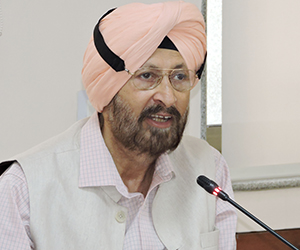

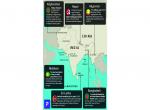
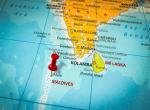


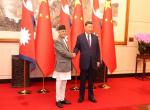
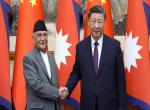
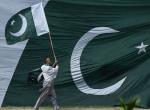
Post new comment